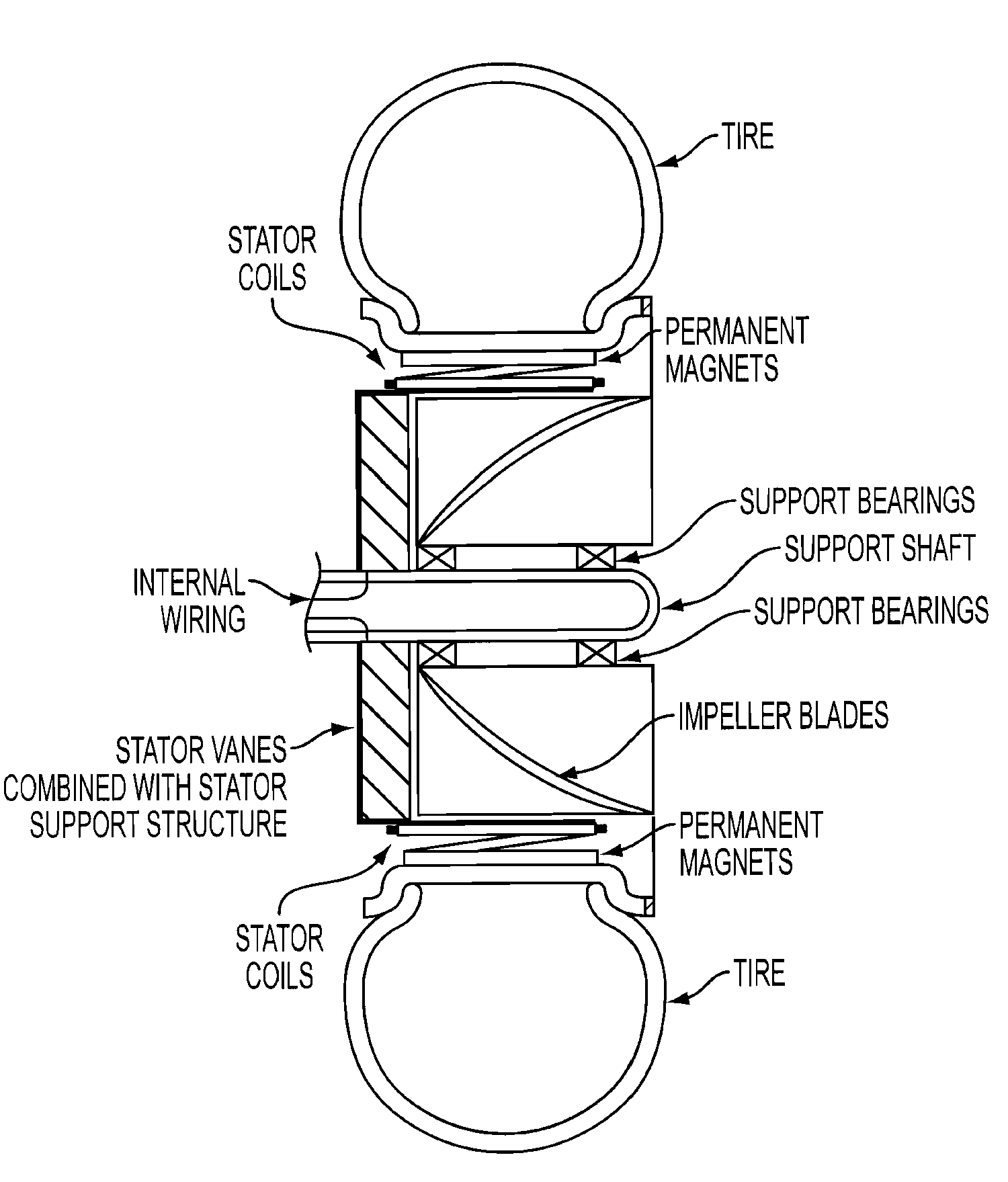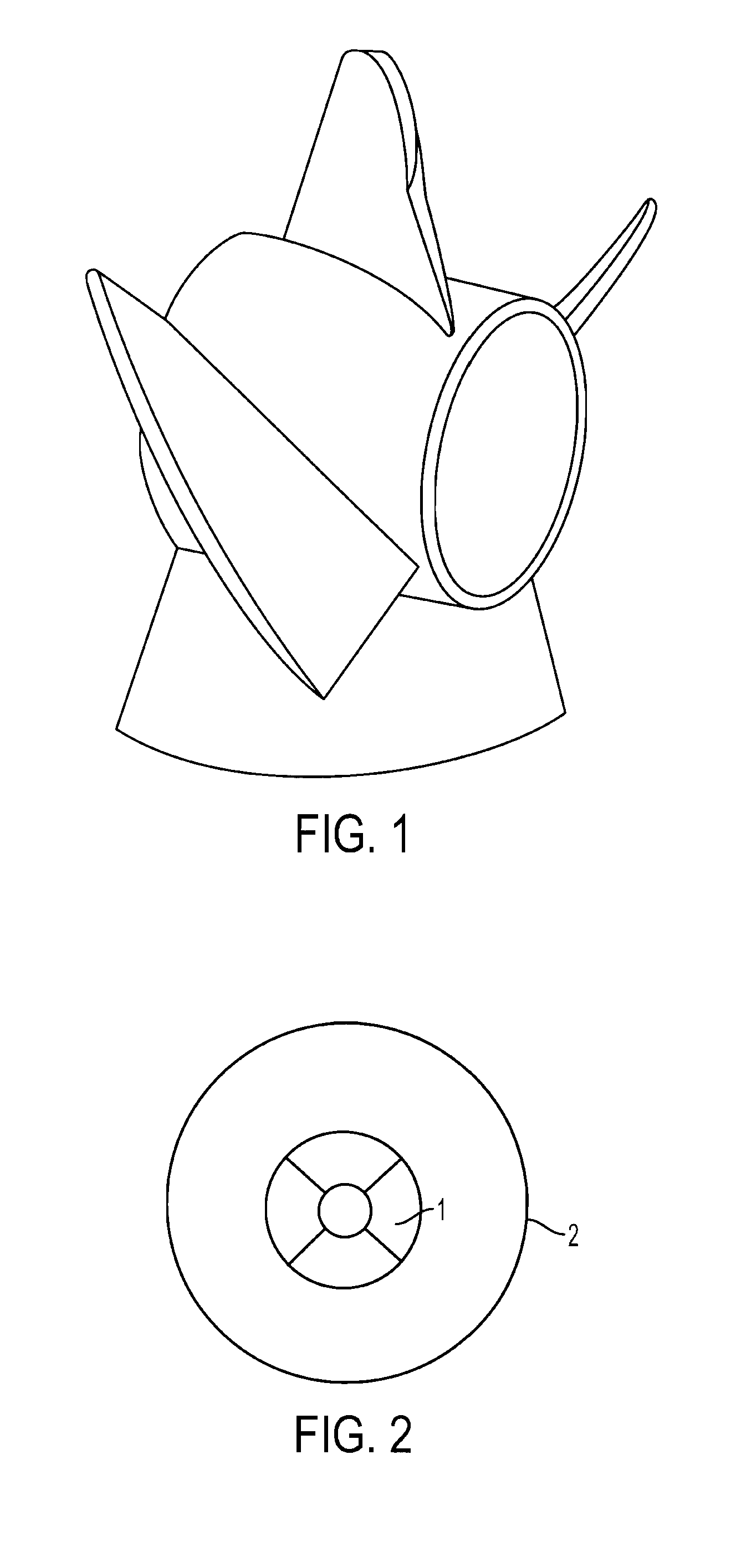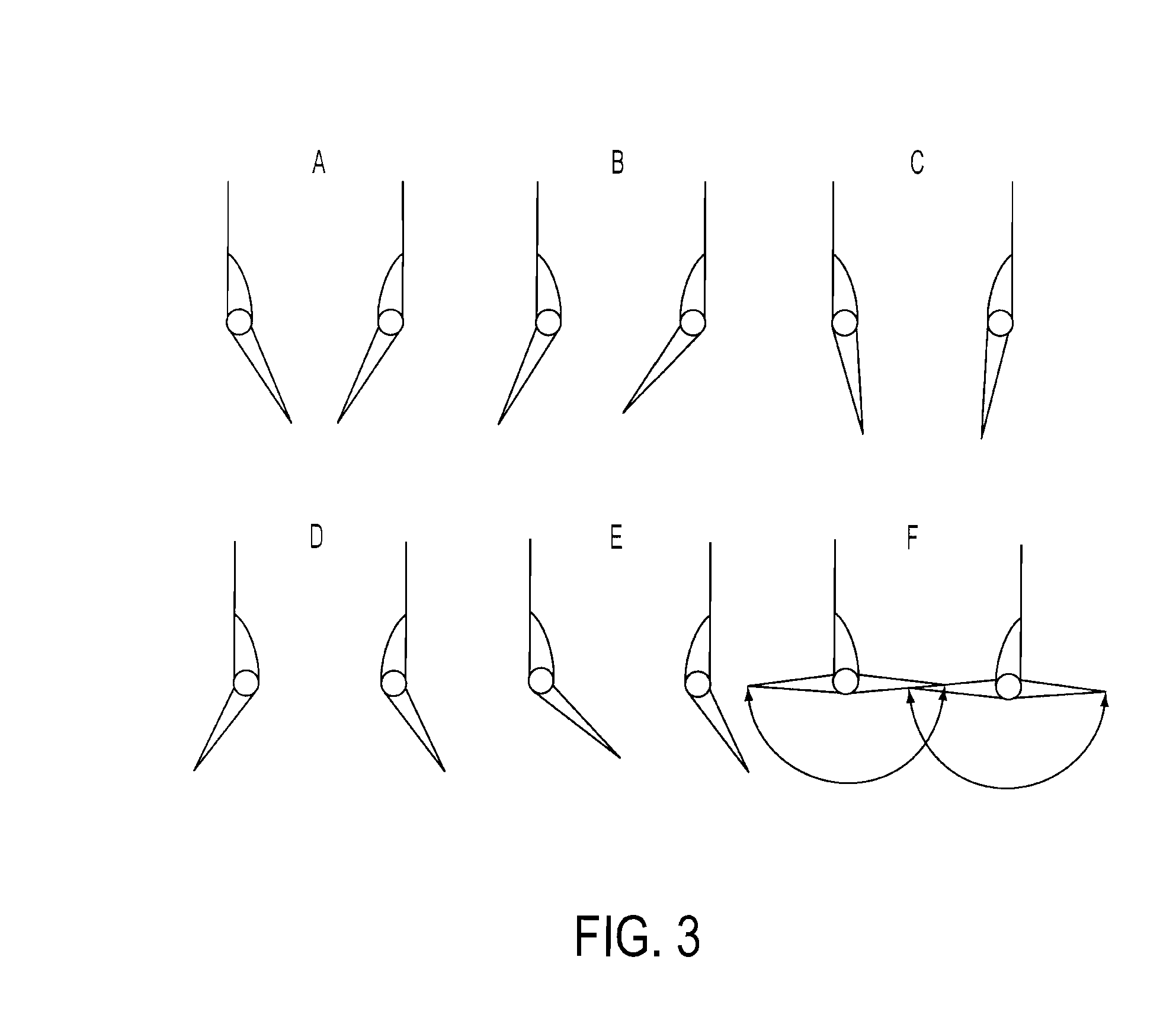Method and apparatus for powering of amphibious craft
a technology for amphibious craft and powering systems, applied in marine propulsion, electric generator control, vessel construction, etc., can solve the problems of limiting the usefulness and utility of jet drives within various types of marine vessels including amphibious craft, limiting the usefulness and utility of monitoring the true efficiency of jet drives within various types, and lagging efficiency control efficiency, so as to achieve fast control dynamics and control the effect of active motor braking control
- Summary
- Abstract
- Description
- Claims
- Application Information
AI Technical Summary
Benefits of technology
Problems solved by technology
Method used
Image
Examples
Embodiment Construction
[0042]Some of the embodiments of the presently disclosed apparatuses and methods include an improvement in marine drive systems for amphibious vehicle or marine vessel operation and control within intelligent motion control systems. There may be a total systems integration of electric in-wheel motor / generators or motor / generators with impellers that uses magnetic torque applications for motoring in water to match outlet nozzle geometry to maximize thrust to applied power and vehicle or vessel velocity, and match nozzle direction and sizing to heading and vehicle or vessel velocity. In certain embodiments, electric power for in wheel motor / generators or motor / generators from a generator may be powered with conventional internal combustion engines or other type of engine such as a turbine and / or other stored electrical power. Fully integrated electrical torque applications of in-wheel motor / generators or motor / generators may be delivered with sufficient power density to effectively br...
PUM
 Login to View More
Login to View More Abstract
Description
Claims
Application Information
 Login to View More
Login to View More - R&D
- Intellectual Property
- Life Sciences
- Materials
- Tech Scout
- Unparalleled Data Quality
- Higher Quality Content
- 60% Fewer Hallucinations
Browse by: Latest US Patents, China's latest patents, Technical Efficacy Thesaurus, Application Domain, Technology Topic, Popular Technical Reports.
© 2025 PatSnap. All rights reserved.Legal|Privacy policy|Modern Slavery Act Transparency Statement|Sitemap|About US| Contact US: help@patsnap.com



